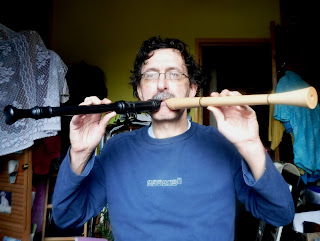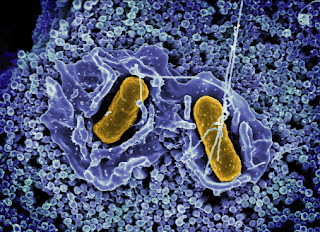As we continue to live in interesting times, here are some of my highlights of 2021. Most of them I have raved about already, so I'll just do a list with links.
- The third edition of Astrobiology came out in August, it is no longer a brief introduction, just an introduction. This reflects the fact that the book now has more than 400 pages.
- I've completed a 60k words draft of the biography of Heinrich our family cello, which is also a family history of sorts, and a memoir, and a rant about various issues from education through to plague policies.
- In the course of my research for the musical memoir, I have had a closer look at some of the old photos I have and started turning them into a blog series called "Every picture tells a story." The 18th instalment went live yesterday, another seven are currently in the queue for publication. This twitter thread offers a table of contents for quick access to specific episodes. I was amazed to discover how much more I can find out about these pictures if I don't just look at the faces and go "ok, this is Aunt Such and Uncle So", but think about what makes it special and why it might be interesting for people who don't even know the persons in the picture. Some of the stories the pictures tell were new to me even though I had known the photos for many years. For the time being, I am limiting the series to photos that are older than me - maybe in its second year it will move on to those taken in my lifetime.
- My Plague Year Bach Project (trying to play the cello suites) started in March 2020 carried on until June this year (interim report). Then I paused it for the summer, because there were now many opportunities to play with other people outside, and by the autumn I was struggling with a frozen shoulder, meaning I could just about maintain orchestra participation, but wouldn't be able to keep up the one hour daily practices for the Bach. Maybe next year.
- Playing outside at the Florence Park bandstand has been a major success. In addition to the monthly slow sessions, we also played lots of informal sessions on the Sundays in between. On Wednesday evenings, members of Cowley Orchestra played chamber music (see my lists of duets, trios, quartets).
- A major revelation on one of those Wednedays in the park was playing Dvorak's American quartet with a mixed bag of instruments including clarinet, oboe, flute, violin and cello, making it sound a lot more like the New World symphony. Afterwards, I discovered that the idea wasn't completely new, there is a brilliant arrangement for wind quintet. YouTube has live videos from the Amsterdam Wind Quintet (fourth and first movement) as well as sound-only recordings from the Royal Flemish Philharmonic (complete) and Meliora Winds.
- As the weather turned autumnal and the orchestral and folkie activities moved back indoors (although Covid stats remained high), two of us carried on playing at the bandstand. Smaller ensembles need louder instruments to get heard, so it's mostly saxophone duos you can hear on a Sunday afternoon these days. Nothing like blasting out an ironic version of Sound of silence on the saxes. Seriously, though, a playlist of tunes that I am playing or trying to play is here. Note also that the tenor sax is ergonomically compatible with my shoulder problem, so for the time being, it is taking up much of the time I dedicated to the cello until the summer.
- Plague Year Day Trips this year led us to Romsey, Bournemouth and Winchester (again).
- Just one trip abroad this year, visiting Düsseldorf, Minden and Tangermünde. The latter two for reasons linked to the Heinrich biography. Photos from this trip are in this flickr album.
- I completed the Lost cities series I started in late 2020. And managed to visit two of the lost cities, see the point above.
- I managed to read a few interesting books.
- After the blissful time without haircuts ended, I grew some more around my chin, enjoying the fact that I now have a fur pattern.
Overall, as getting things done, books read, and music played makes me happy, it's been a happy year for me in spite of all the rage at the death eaters, climate catastrophe, and all the rest of it.
Trying something new during lockdowns.



















































